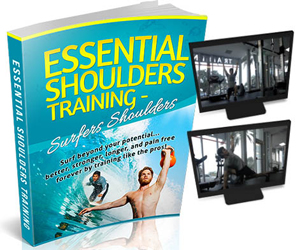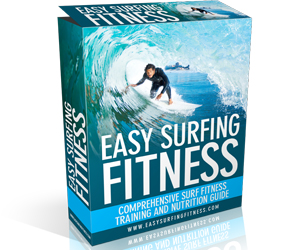Surfing Waves
Waves are for surfing what notes are for a piece of music. What many people come to discover from experience is that there are several types of surfing waves, which makes the very practice of this sport a permanent challenge. Though categorizing is possible, it is nevertheless far from being exhaustive: this means that every time you go on the open sea, the surfing waves may bring you a great surprise. Here are a few basic notions on surfing waves together with the things that any amateur surfer would like to know before finding out the tricks of the sport.
The best surfing waves for beginners are beach breaks; the great advantage of this type of waves is the fact that they can hold you up to more than twenty feet for quite a long period of time. Beach break surfing waves actually define the point at which the waves break against the seabed. Then, the more advanced and difficult to surf type of wave is the point break that is characterized by a more dangerous breakage point. Point break surfing waves end on rocky points of the shore. Last but not least, reef breaks deserve all of our attention. They are specific to the tropical areas with coral reefs and they are considered both deadly and perfect at the same time.
Another piece of information you may need in order to familiarize with the world of surfing is the nature of the surfing waves as right or left. It is the surfer’s point of view that counts here, meaning that depending on the direction the wave breaks, the surfer paddling to catch and ride the wave will have to turn left or right in order to get on it. Those surfing waves that allow two or more surfers to ride them both left and right are known as peak waves and they are absolutely formidable.
Surfing waves are considered only those that come from the direction of the sea, they are created by offshore winds and they make the waves roll in great shapes and then break cleanly. Never go surfing if the wind is blowing from the direction of the shore or from both directions: onshore and offshore. Such waves are surely not surfable. Consequently, the weather could be a surfer’s best friend or worst enemy; keep an eye on the weather forecast to really know whether to take your board out or not.




